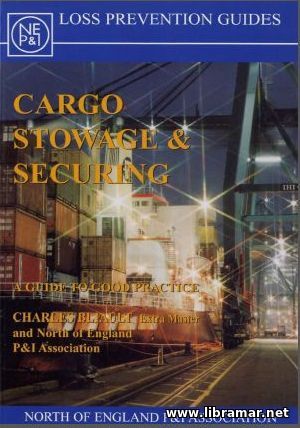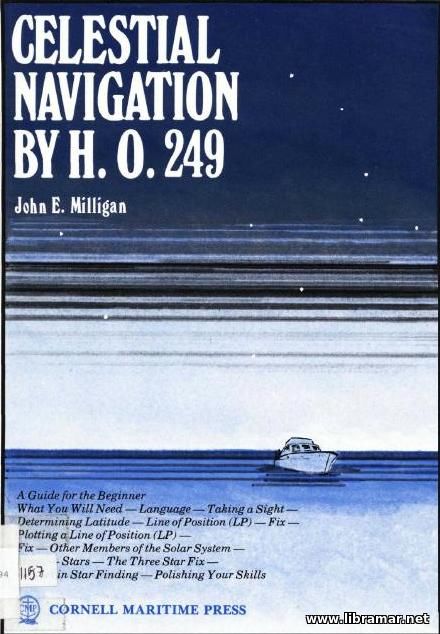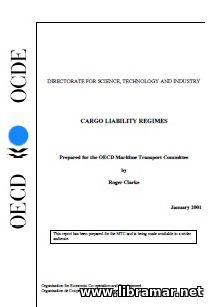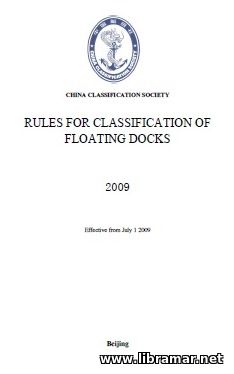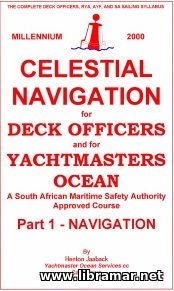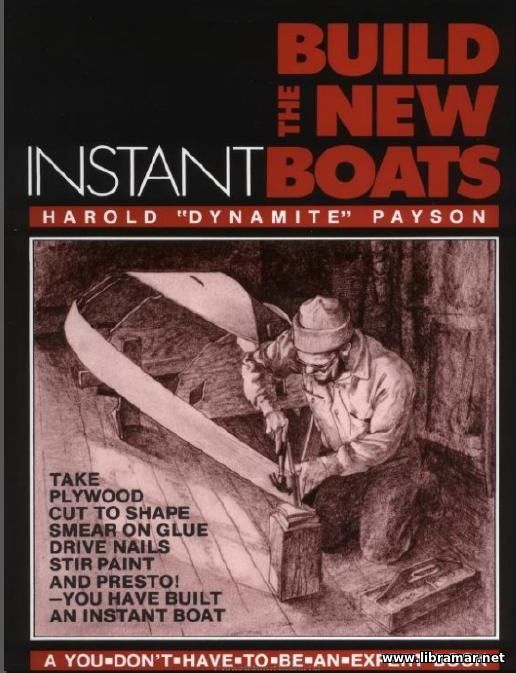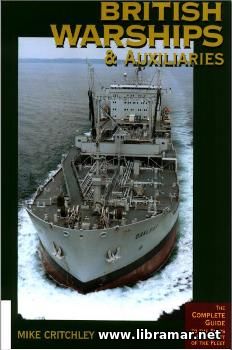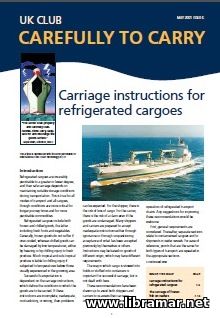
The content of this booklet is arranged in two big parts - the first part provides necessary instructions for the carriage of the refrigerated cargoes and the second part is dedicated to the transportation of the frozen fish by reefers. The refrigerated cargoes are commonly perishable to some degree and their safe transportation mainly depends on maintaining the proper storage conditions in the course of the transportation.
This equally applies to all transportation modes and all refrigerated cargoes, though the conditions are considered much more critical for the long journeys and perishable commodities. These cargoes would normally include chilled and frozen goods, including fresh fruits/vegetables. The frozen goods generally will not suffer in case of over-cooling while chilled goods can easily get damaged by the low temperature. Successful transportation of the chilled and frozen goods seriously depends on the correct carriage instructions, defining the technical conditions for the transportation.
Should the carriage instructions be wrong, inadequate, incomplete or contradictory then the problems can definitely be expected, including the risk of cargo loss and subsequent claims. The way of stowing the cargo is also very important for the safe and successful transportation, however this volume is mainly concentrated on the carriage instructions themselves...
